White Hat SEO Explained
Search Engine Optimization is a must-have growth channel for any modern business looking to get the most out of its digital presence. But with so much misinformation and outdated tactics out there (even on industry-leading blogs), it can be hard to know the best approach for gaining organic search traffic.
That’s why it is essential to employ white hat SEO tactics, which focus on following search engine guidelines and steadily improving your website. Such tactics can help you achieve higher rankings, traffic, and visibility on search engine result pages (SERPs). White hat tactics are often evergreen as well, meaning they hold their weight over time.
But how exactly does one go about implementing white hat SEO? This article will overview the key elements and best practices and discuss the differences between white hat and black hat SEO.
What Is White Hat SEO?
White hat SEO involves following ethical practices and search engine guidelines to ensure your website is optimized in a way that not only helps you achieve higher rankings but also provides a high-quality experience for users.
White hat SEO practices include keyword research, ethical link building, content optimization, and other strategies to improve rankings by the book. These tactics are also more sustainable in the long run as they tend to be less prone to algorithm changes and penalties.
What Is Black Hat SEO?
SEO takes time to bear fruit, which is why some marketers resort to black hat SEO techniques.
Black hat SEO tactics are defined as any means of manipulating search engine algorithms to gain higher rankings in search engine results pages (SERPs) without following the accepted standards of SEO. These techniques range from using PBNs, cloaking, link spam, and more. While these tactics can sometimes come with short term gains, they are almost always penalized in the long run.
The consequences of using black hat SEO can include both manual penalties and long-term damage to the website’s reputation. Immediate penalties can include decreased rankings and a loss of traffic to the site. Long-term damage can involve a website being blacklisted from search engine results and losing the trust of customers and visitors.
For these reasons, it is essential to avoid manipulating rankings and employing sneaky tactics when optimizing a website for search engines. Doing so will not only result in better rankings but will ensure that the website remains a trusted source of information and products.
Benefits of Optimizing Your Website with White Hat SEO
Optimizing your website with white hat SEO can bring many benefits to help you achieve your business objectives. Here are just a few of the reasons why white hat SEO should be your priority:
Protect Your Business’ Reputation
As a business owner, you want to ensure your reputation is protected. White hat SEO techniques are designed to adhere to the guidelines set forth by search engines, ensuring your website is not penalized for using unethical tactics. This will help your business maintain a good online reputation and keep (potential) customers returning to your website.
Build Trust and Credibility
Search engine algorithms are designed to prioritize websites that contain quality content, satisfy search intent, and a strong link profile. By using white hat SEO techniques on your website, you can help ensure readers have a positive experience when visiting your site and think of your business as one they can trust. Trust goes a long way in building a presence online and often leads to stronger conversions.
Save Money and Time Long-Term
White hat SEO techniques require an upfront investment of time and effort. However, the long-term payoff can be well worth it as your website can rank higher and attract organic traffic. This also means you don’t have to spend money on costly pay-per-click campaigns, which can quickly add up.
Improve User Experience
White hat SEO helps create an enjoyable and interactive experience for the user. White hat SEO techniques will often include on-page optimizations like optimizing page load speed, reducing navigation complexity, mobile-friendly design, and improving reader experience. All these improvements help create a user-friendly environment that increases user satisfaction and helps increase your website’s reach.
Increase Traffic and Get Quality Leads
SEO is a battle of competition to get noticed in the search engine result pages (SERPs). You can raise your site’s visibility and rank with effective optimization techniques. This will draw more visitors to your website, resulting in more leads.
Less Legal Risk
White hat SEO safeguards against any kind of legal action that could be taken against your website. This is because white hat SEO strictly follows all of the guidelines set by search engines.
By engaging in black hat SEO techniques, you are inviting the risk of being penalized or even banned from appearing in search engine results altogether. White hat SEO is the only way to ensure that your website meets all of the necessary criteria to remain in good standing with search engines.
10 Best White Hat SEO Tactics to Boost Organic Traffic
The following are some of the most effective white hat SEO tactics that help boost organic traffic and improve website rankings.
Create Quality Content
Quality content drives organic website traffic and is the most important factor for ranking in search engine result pages (SERPs).
Here are some tips for creating quality content:
- Take A User-First Approach: Quality content should always be written with the user in mind. Consider your target audience’s questions and write content to answer their queries.
- Incorporate Keywords: Use relevant keywords throughout the text to ensure the right people find your content. This will help search engine bots identify what your content is about to index it and display it on SERPs. This doesn’t mean to stuff your content with keywords but aims to use them naturally and strategically. Ideally, you should incorporate keywords into your meta title, meta description, anchor text and content body.
- Always Include Quality Visuals: Search engines now emphasize content with visual elements such as images, videos, and infographics. This helps break up your content in a visually pleasing way while also keeping readers engaged.
- Link Internally And Externally: Linking internally makes it easy for readers to navigate your website and indicates to Google which pages are important. Linking externally provides a better user experience for readers, who can access more information on a certain topic.
Give Importance to Keyword Research
When it comes to SEO success, keyword research is essential. Keyword research helps you understand what terms people use when searching for information and products related to your business or industry.
Finding the right keywords people use in search engines is the key to creating world-class content that pulls needle-moving traffic.
When selecting initial keywords, look for related terms with high average monthly searches but low competition. These are known as ‘long-tail keywords’ and are often more targeted and specific than generic, short search terms.
For example, if your seed keyword is “shoes”, a related keyword with high search volume but low competition might be “men’s lightweight running shoes.”
Write Keyword-Rich Metas
In addition to optimizing your website’s content for keywords, you should also include keyword-rich metadata. Metadata are snippets of code that provide search engine crawlers with an overview of your page.
These tags are crucial for optimizing your page for search engines. They include:
Meta Titles: It is an HTML element that specifies the title of your website. It should fit the 55-60 character limit and contain your primary keyword.
Meta Descriptions: It is a snippet of Hypertext Markup Language (HTML) code that summarizes the contents of your page. It can be between 120-160 characters and should include your primary keyword.
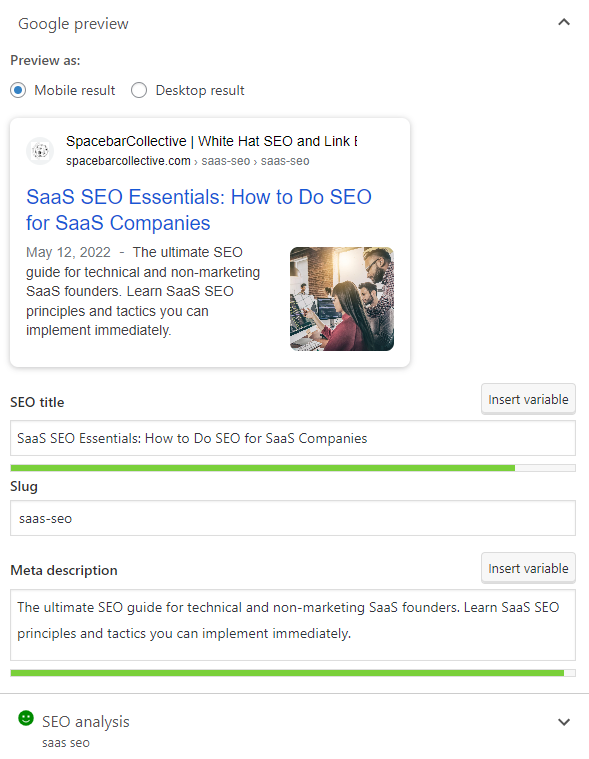
Satisfy Search Intent
Search intent is the user’s goal when they type a query into the search engine. Understanding what it is and satisfying it is one of the best white hat SEO tactics to boost organic traffic. Creating content that will rank high and bring in more visitors is essential.
To satisfy search intent, you need to understand what the user wants when they search for a particular query. People searching online are looking for answers, solutions to their problems, or information on something specific. Creating content catered towards solving search intent will provide readers with exactly what they’re looking for and improve your rankings.
Optimizing your content for search intent starts with keyword research. By researching the topics and queries users search for, you can understand their intent and create content to satisfy it.
Claim Your Google My Business Listing
By claiming your company’s Google My Business page, you can provide more information about your business and showcase what you have to offer. Doing this allows you to improve your local search presence on both Google and Google Maps.
It also provides potential customers with more information about your business, like hours of operation and contact details. As a result, you’ll have more organic traffic coming to your site to find out what you can offer them.
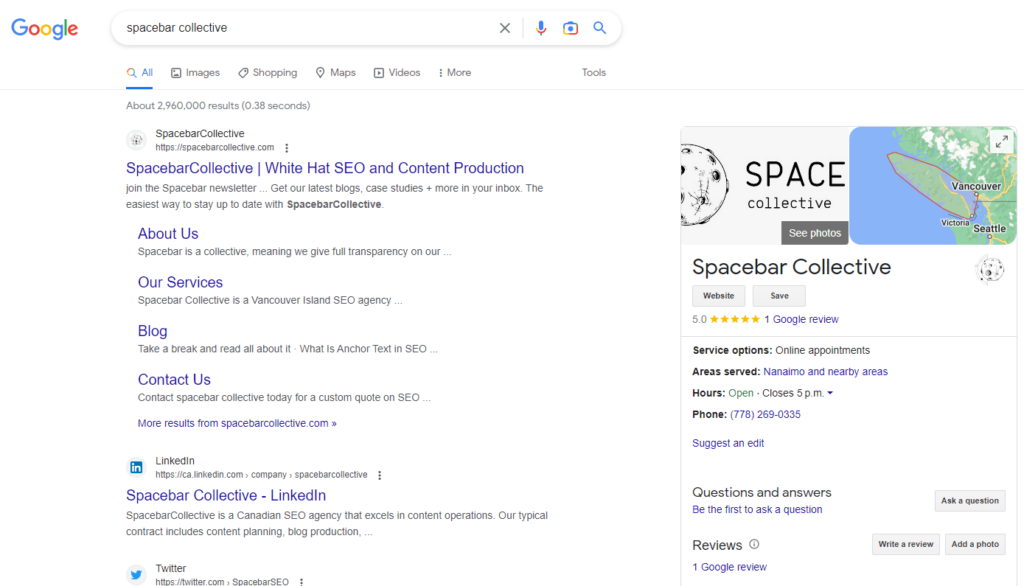
Make Your Site Mobile Friendly
It’s no secret that mobile-friendly websites are essential for successful SEO. With 60% of web users accessing content via handheld devices, search engines prioritize sites optimized for mobile viewing. If your website isn’t designed to be mobile responsive, you risk missing out on valuable organic traffic from potential visitors who may find it difficult to view your content on their phones or tablets.
Mobile-friendly websites also help boost your rankings in the SERPs, meaning you have a better chance of appearing at the top of the list when customers search for relevant keywords.
Optimize Your Site Speed
Visitors expect a fast website loading time, and search engines will reward you for providing it. Optimizing your site for speed will help get more visitors from organic searches, which can lead to increased conversions.
You can take a few steps to improve your website’s load time. These include:
- Image Sizes: Check the size of your images and reduce them as much as possible while maintaining quality. Avoid using too many bulky plugins that can slow down the page loading speed.
- Caching: Consider caching solutions such as browser or server-side caching to store content in memory, allowing faster delivery times.
- Content Delivery: Use a content delivery network (CDN) to host your static files on multiple servers globally, allowing for faster loading times.
- Dedicated Hosting: Upgrade your hosting plan so your site has enough server resources to handle more traffic.
You can check get your website load speed audited with actionable insights for free straight from Google with their PageSpeed Insights tool or with GTmetrix. We suggest using both free tools to cover all bases.

Improve Navigation and Site Structure
A well-organized website makes it easier for search engines to find and index your content, helping you rank higher in the SERPs. A good navigation system also provides visitors with an intuitive way to find what they need on your website quickly and easily. Ideally, every page of your website should be accessible within 2 or 3 clicks.
People like it when they know where to go. When optimizing your site, focus on the user experience. Make sure your navigation and site structure is easy to understand and use from both a visitor and search engine standpoint. This includes using breadcrumbs, linking related content, and providing internal sitemaps. Make sure to think about your header and footer navigation menus to cover all bases.
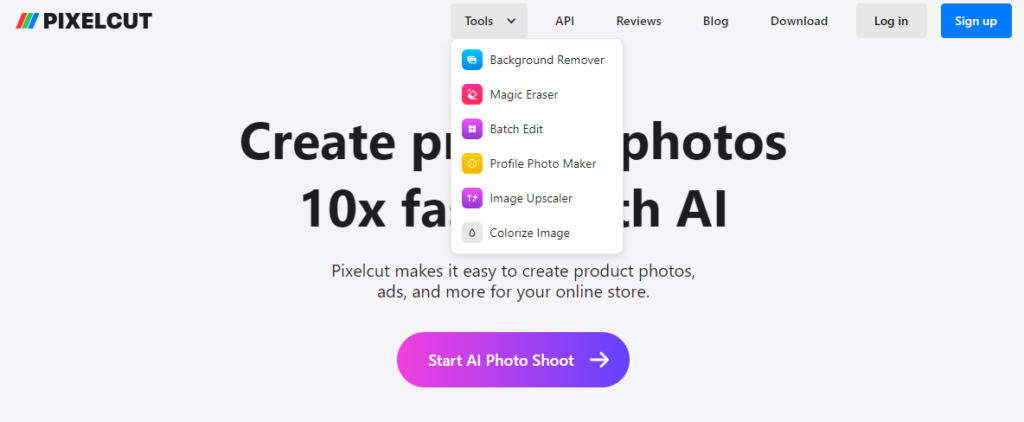
Image Source: PixelCut Header Navigation
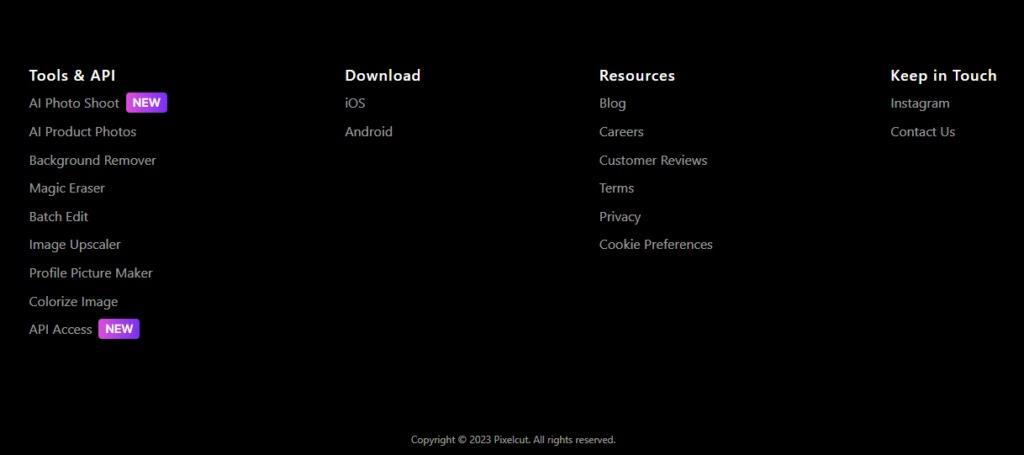
Image Source: PixelCut Footer Navigation
Design an Effective Content Marketing Plan
Content marketing is an effective way to increase organic traffic and improve website visibility. It involves creating helpful, informative content that resonates with your target audience and builds trust in your brand.
To make the most of content marketing, you need to create a plan that outlines the goals and objectives for each campaign. It should include strategies for producing quality content, setting measurable metrics for success, and developing a timeline for implementation.
Once you have your plan, you can create content tailored to your target audience’s needs.
Use Schema Markup Properly
Schema markup is a valuable tool for SEO. It provides additional information to search engines about your website and helps them better understand your content. This, in turn, can lead to increased organic traffic and improved rankings on the SERP.
Schema markup is one of the best white-hat SEO tactics to boost organic traffic. You can easily analyze and monitor your current schema status, identify any issues or errors, and ensure that your website is properly optimized for search engine crawlability.
We find it easiest to use a schema markup generator to get the job done.
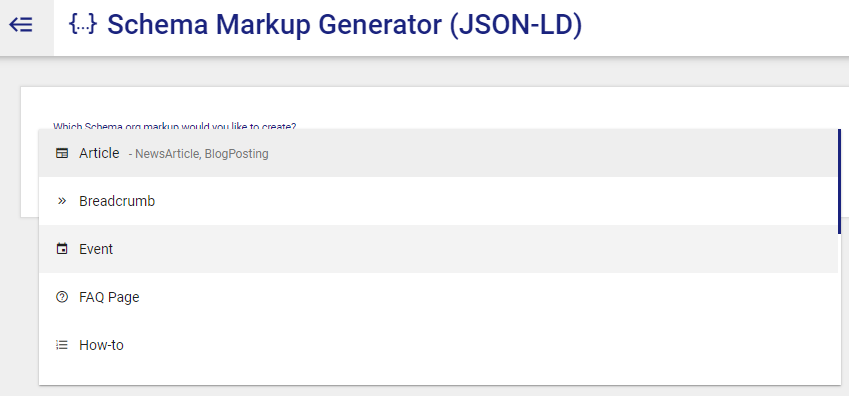
Key Takeaways
Boosting your organic traffic requires implementing white hat SEO tactics. It takes some work, but it’s worth the effort. To improve your search engine rankings and get more visitors from organic searches, make sure to:
- Create quality content by incorporating keywords, visual aids, and internal and external links.
- Use keyword-rich meta-tags, including title tags and meta descriptions.
- Satisfy user intent by addressing all possible concerns the user might be looking through their query.
- Optimize your website for mobile devices.
- Upgrade your website’s loading speed.
- Create a well-organized navigation system, and design an effective content marketing plan.
- Use a schema tracker to improve your schema markup.
By following the best white hat SEO tactics, you can easily boost organic traffic on your website and stay at the top of the list when customers search for your services.






